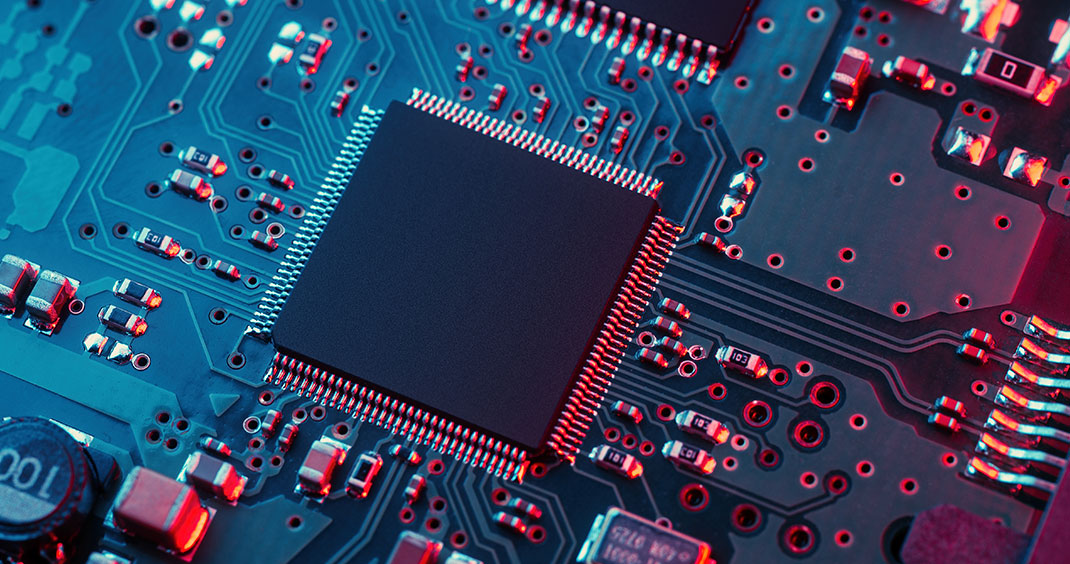Harding Loevner Materials Analyst Anix Vyas, CFA and China Analyst Wenting Shen, CFA discuss the consumer and industrial trends leading to greater adoption of lasers in manufacturing. The transcript, lightly edited for clarity, follows.
Anix Vyas: Lasers were invented in 1960, and within the first decade their use was limited to research and specialty functions within the fields of medicine, telecommunications, and the military. In the 70s, 80s, and 90s, lasers left the confines of the lab and were embedded in mainstream devices such as supermarket scanners, laser printers, and CD drives, displacing older technologies in the process. As laser technology improved, it continued to displace more traditional tools in a variety of different industries. Today, lasers are increasingly being used in manufacturing for a range of tasks from cutting and welding to scanning and etching.
Wenting Shen: When compared with traditional manufacturing methods, laser has four main advantages: greater precision, higher speed, lower material impact, and lower energy use. Fortunately for laser equipment manufacturers such as IPG Photonics, Han’s Laser, and Coherent, these advantages align with current manufacturing trends, resulting in the steady substitution of traditional manufacturing tools such as resistance welders, mechanical drills, and chemical etching equipment.
AV: Laser demand is really driven by two key trends. One big key trend is the drive to having smaller everything. For example, laser tools have become critical in the production of smartphone camera modules—which contain many small, finely tuned parts—due to the ability of lasers to cut and weld with precision at small scales. Another big growth driver is a shift within the market, where you have newer technologies, like fiber lasers, taking share of older technologies, like CO2 lasers, in places like auto manufacturing. Both of these trends together are leading to strong growth in the laser industry.
WS: Despite the inherent advantages of the technology, laser will not replace older technologies overnight. Most cheaper smartphone makers, which are growing rapidly in countries like China and India, have not become buyers of laser equipment as they consider laser technology “good to have” but not a must. At the moment, only premium buyers and early adopters insist on the higher quality made possible by laser technology. However, as low-end smartphone companies and manufacturers in other industries begin to integrate laser technology into their manufacturing processes, we should see a long growth trajectory for laser equipment companies.
What did you think of this piece?
Contributors
Harding Loevner Analysts Anix Vyas, CFA and Wenting Shen, CFA contributed research and viewpoints to this piece.
Disclosures
The “Fundamental Thinking” series presents the perspectives of Harding Loevner’s analysts on a range of investment topics, highlighting our fundamental research and providing insight into how we approach quality growth investing. For more detailed information regarding particular investment strategies, please visit our website, www.hardingloevner.com. Any statements made by employees of Harding Loevner are solely their own and do not necessarily express or relate to the views or opinions of Harding Loevner.
Any discussion of specific securities is not a recommendation to purchase or sell a particular security. Non-performance based criteria have been used to select the securities identified. It should not be assumed that investment in the securities identified has been or will be profitable. To request a complete list of holdings for the past year, please contact Harding Loevner.
There is no guarantee that any investment strategy will meet its objective. Past performance does not guarantee future results.
© 2024 Harding Loevner
Disclosures
The “Fundamental Thinking” series presents the perspectives of Harding Loevner’s analysts on a range of investment topics, highlighting our fundamental research and providing insight into how we approach quality growth investing. For more detailed information regarding particular investment strategies, please visit our website, www.hardingloevner.com. Any statements made by employees of Harding Loevner are solely their own and do not necessarily express or relate to the views or opinions of Harding Loevner.
Any discussion of specific securities is not a recommendation to purchase or sell a particular security. Non-performance based criteria have been used to select the securities identified. It should not be assumed that investment in the securities identified has been or will be profitable. To request a complete list of holdings for the past year, please contact Harding Loevner.
There is no guarantee that any investment strategy will meet its objective. Past performance does not guarantee future results.
© 2024 Harding Loevner






